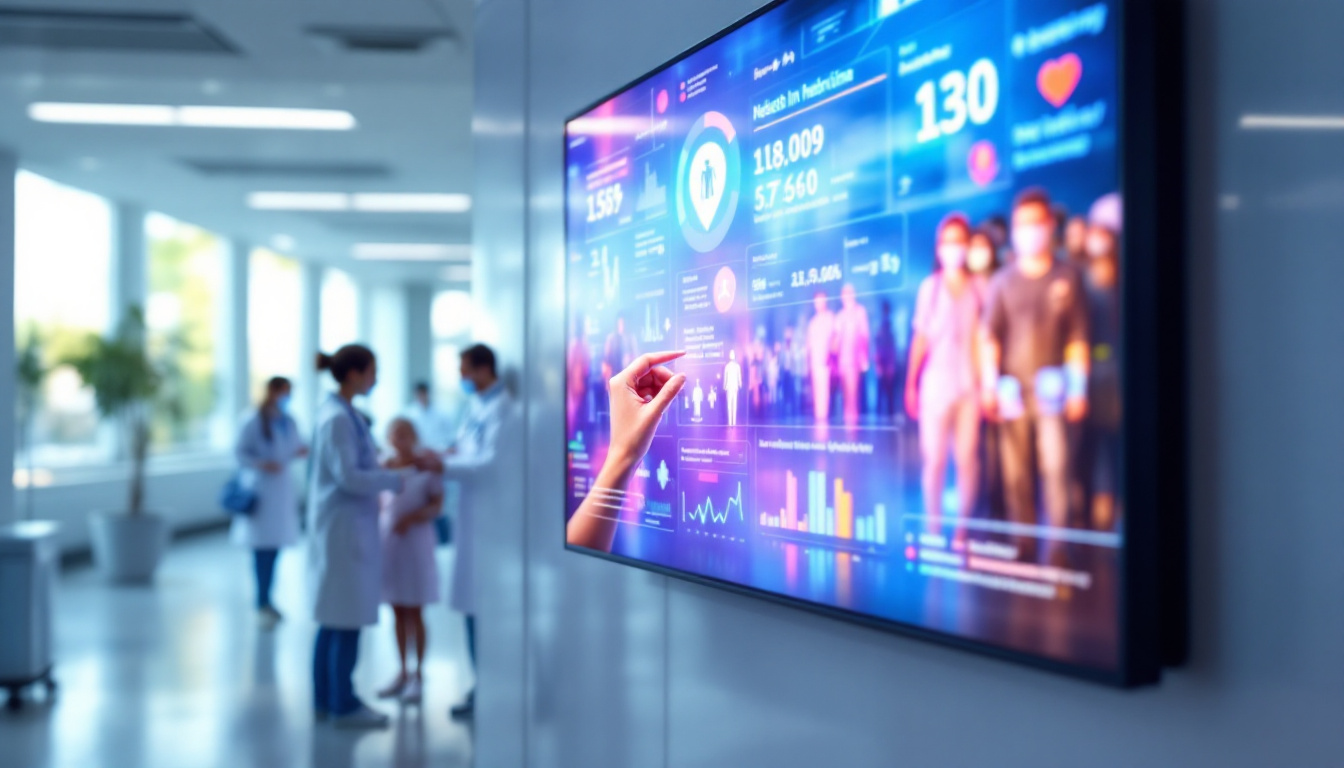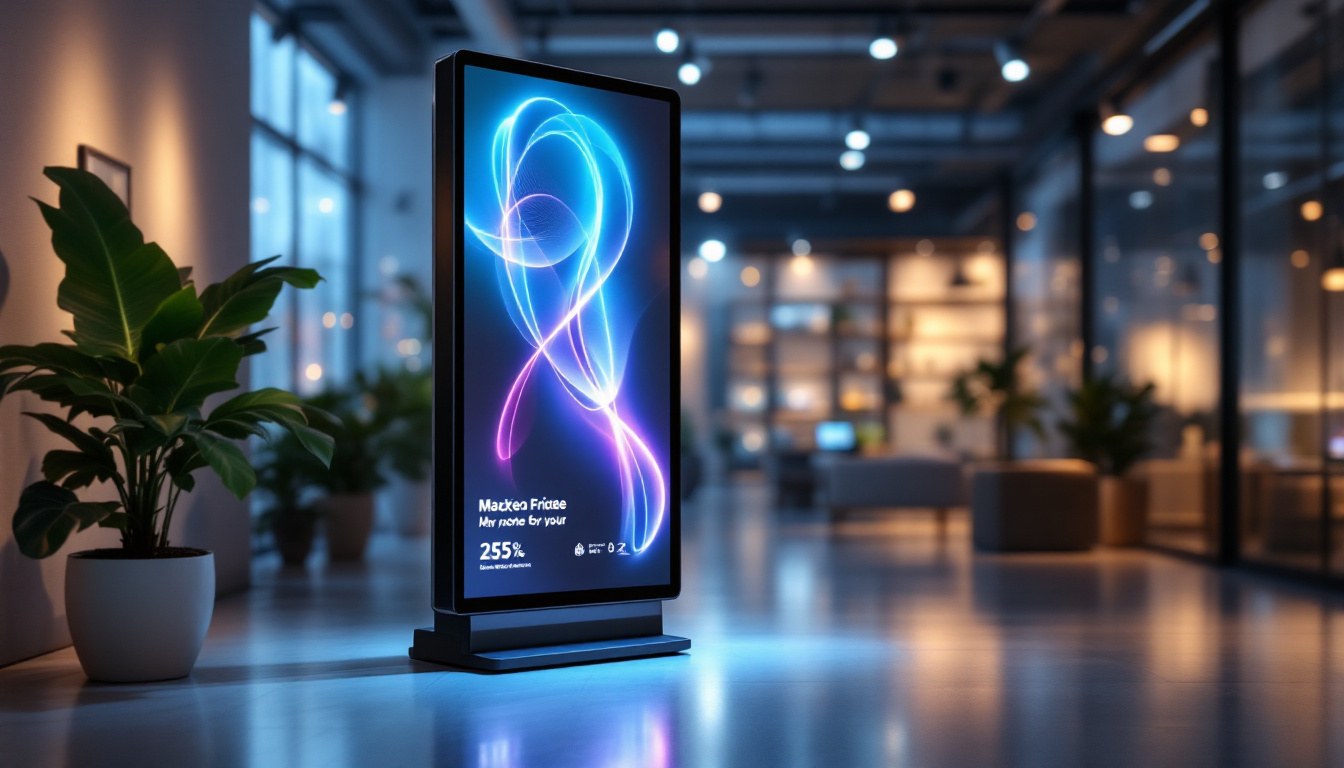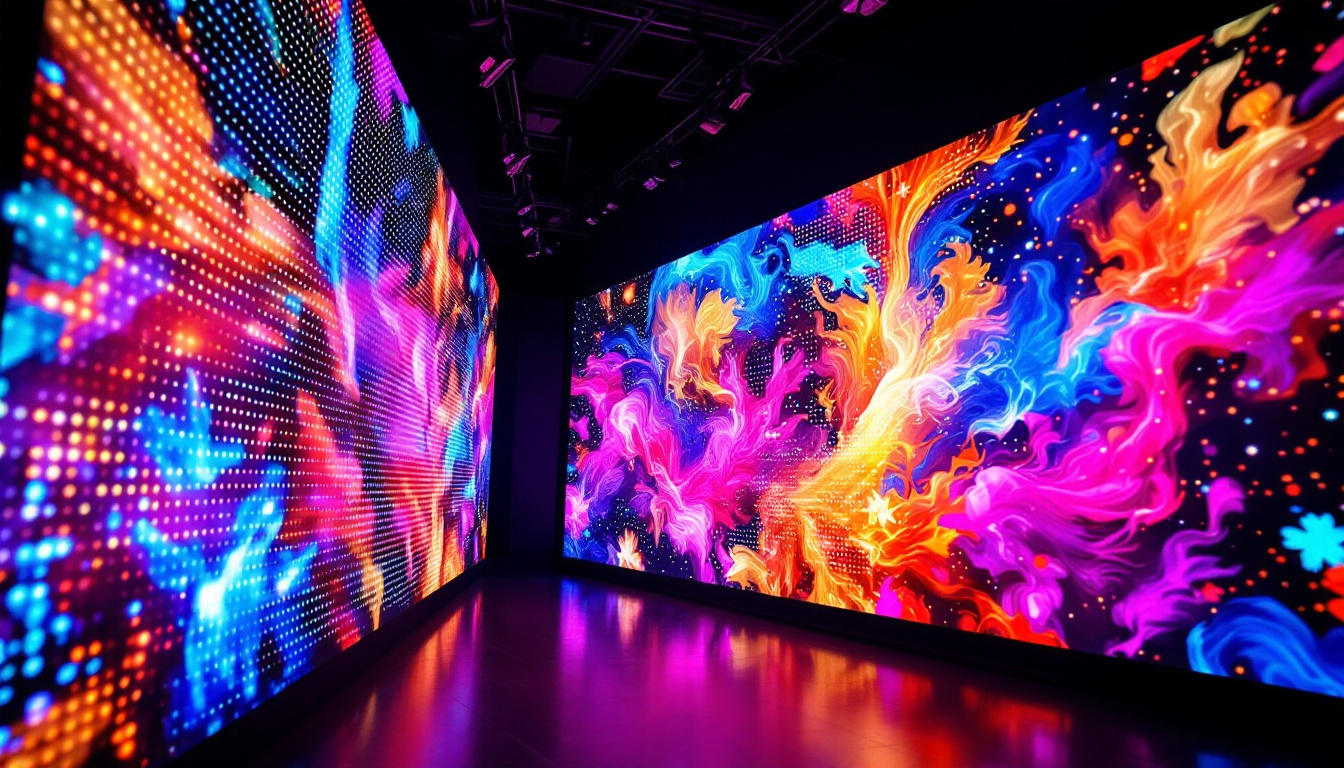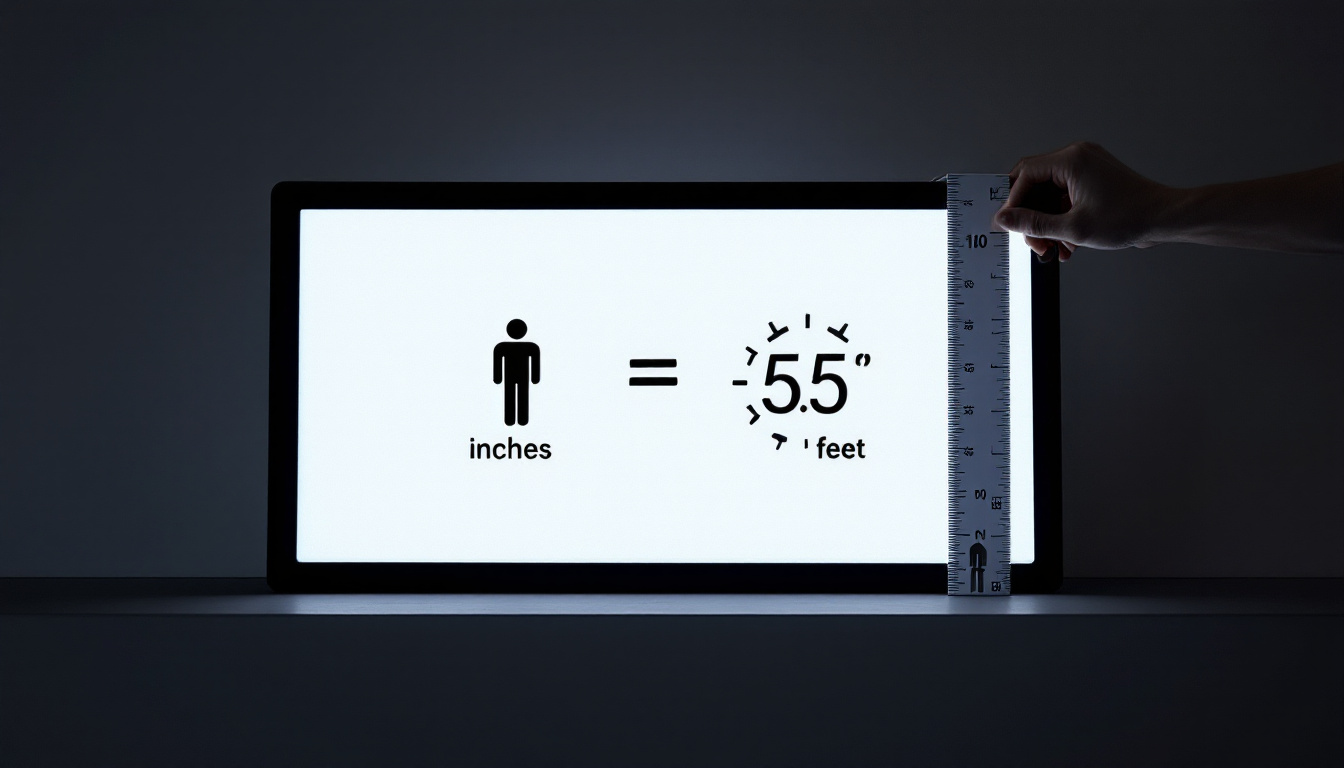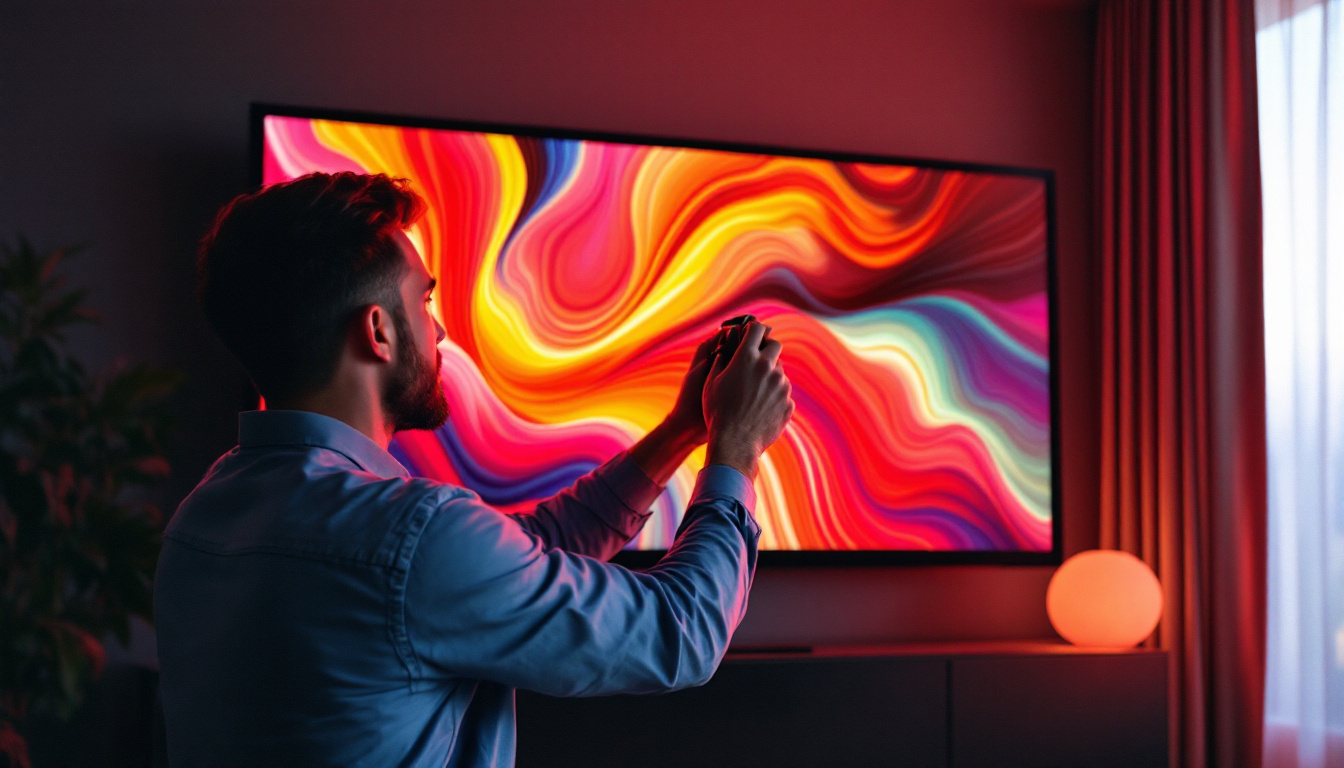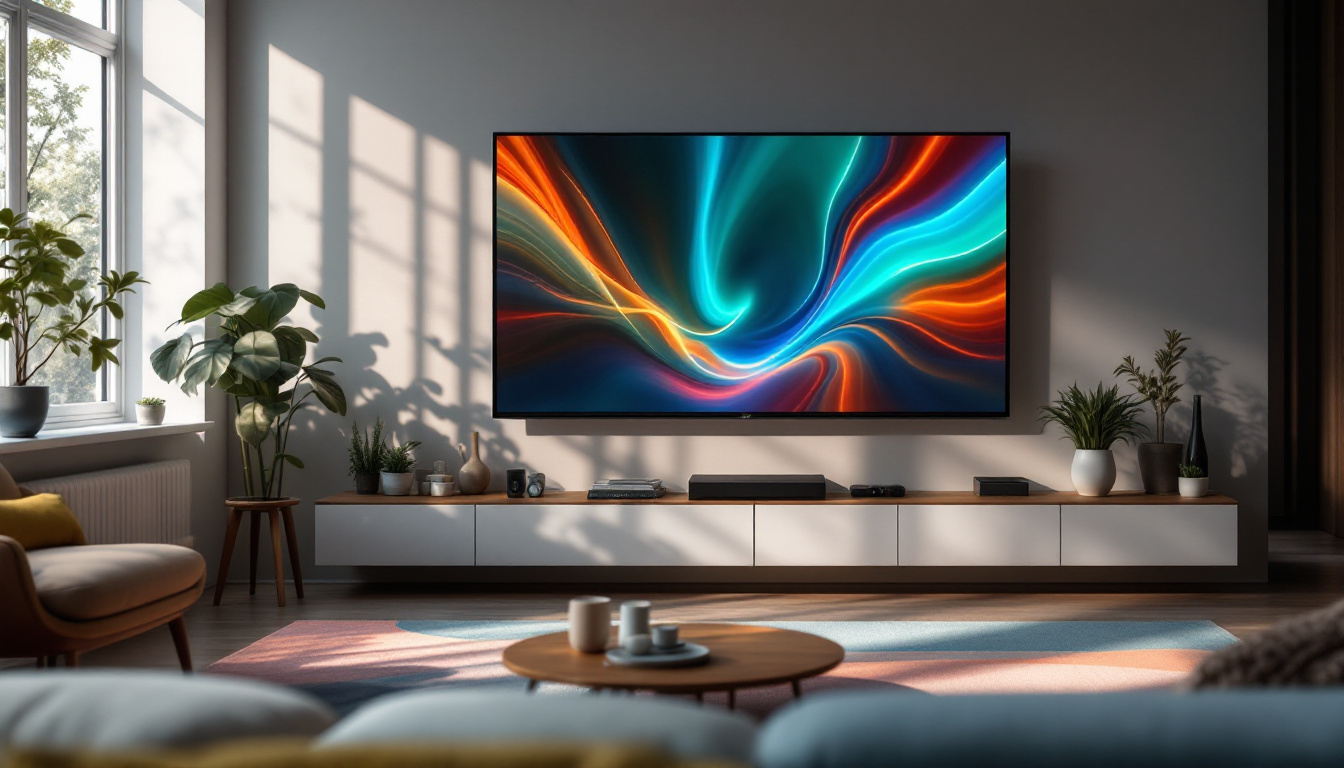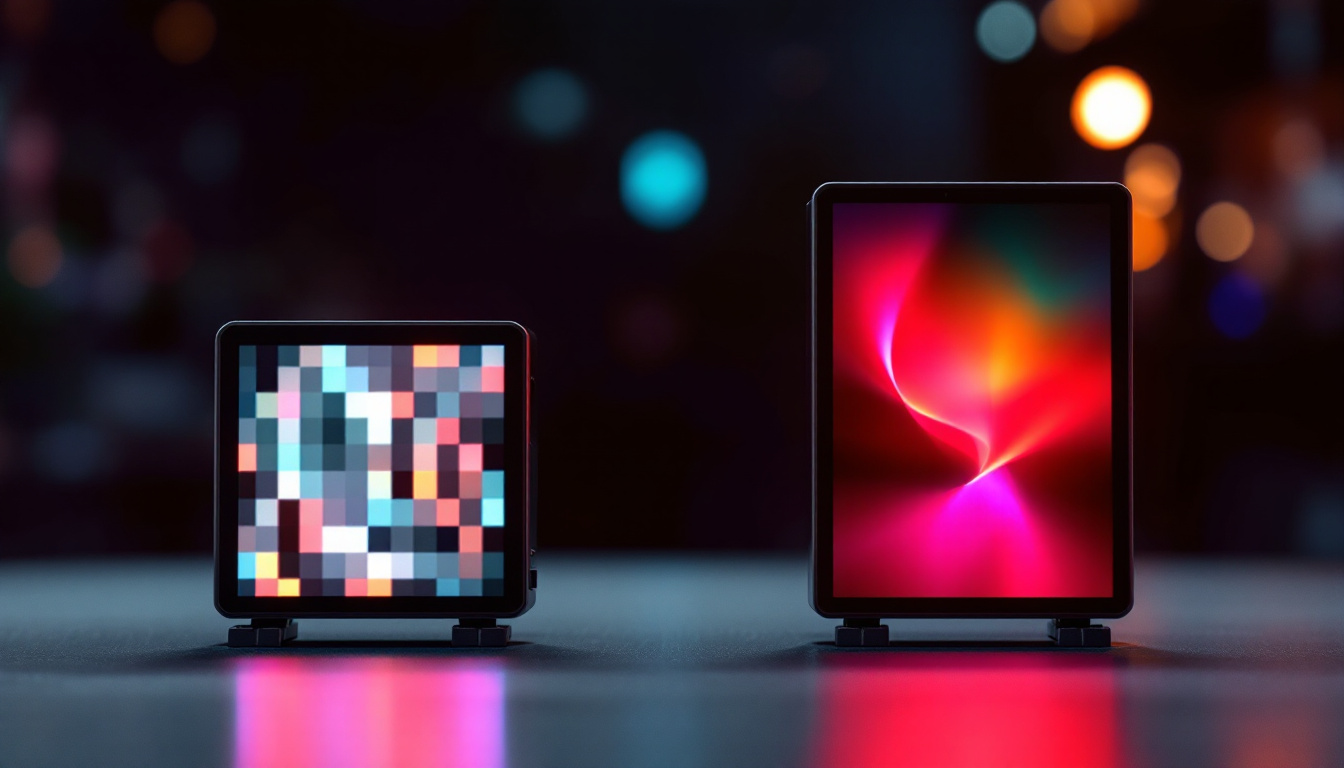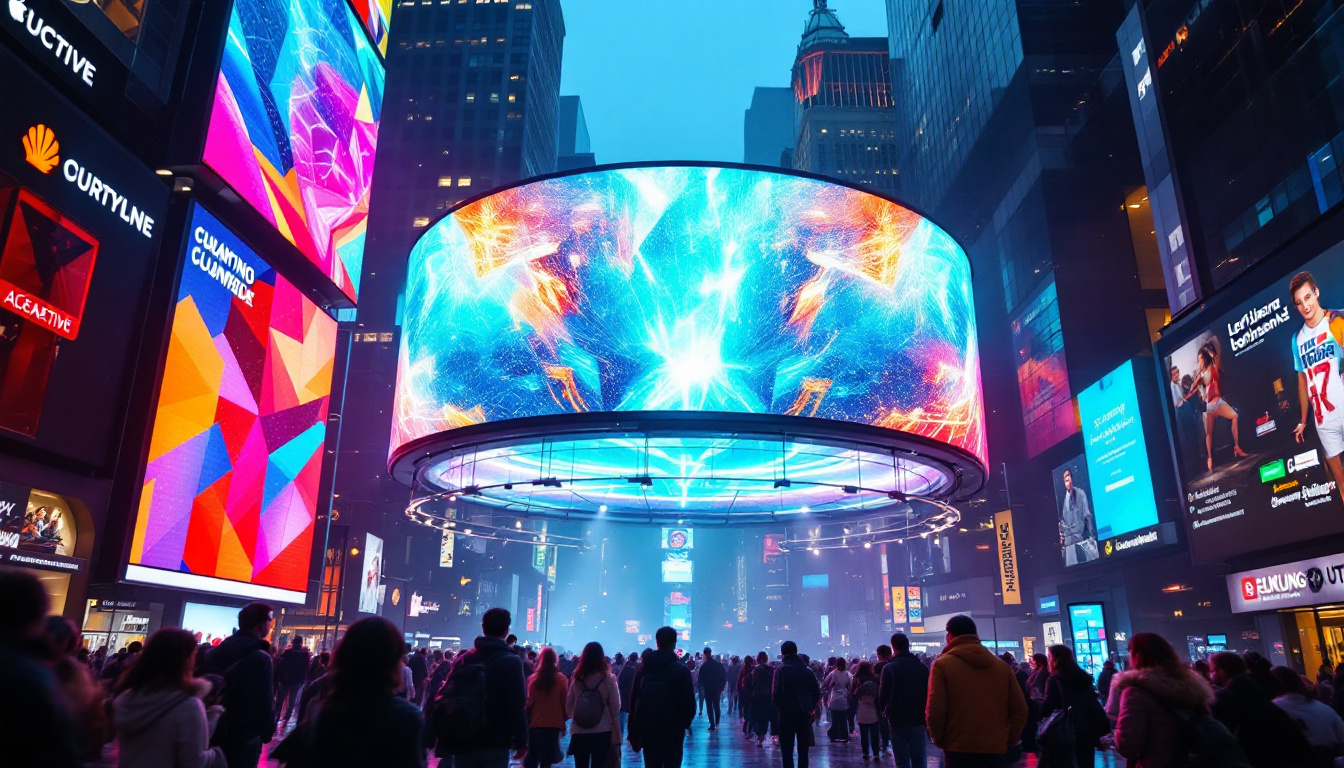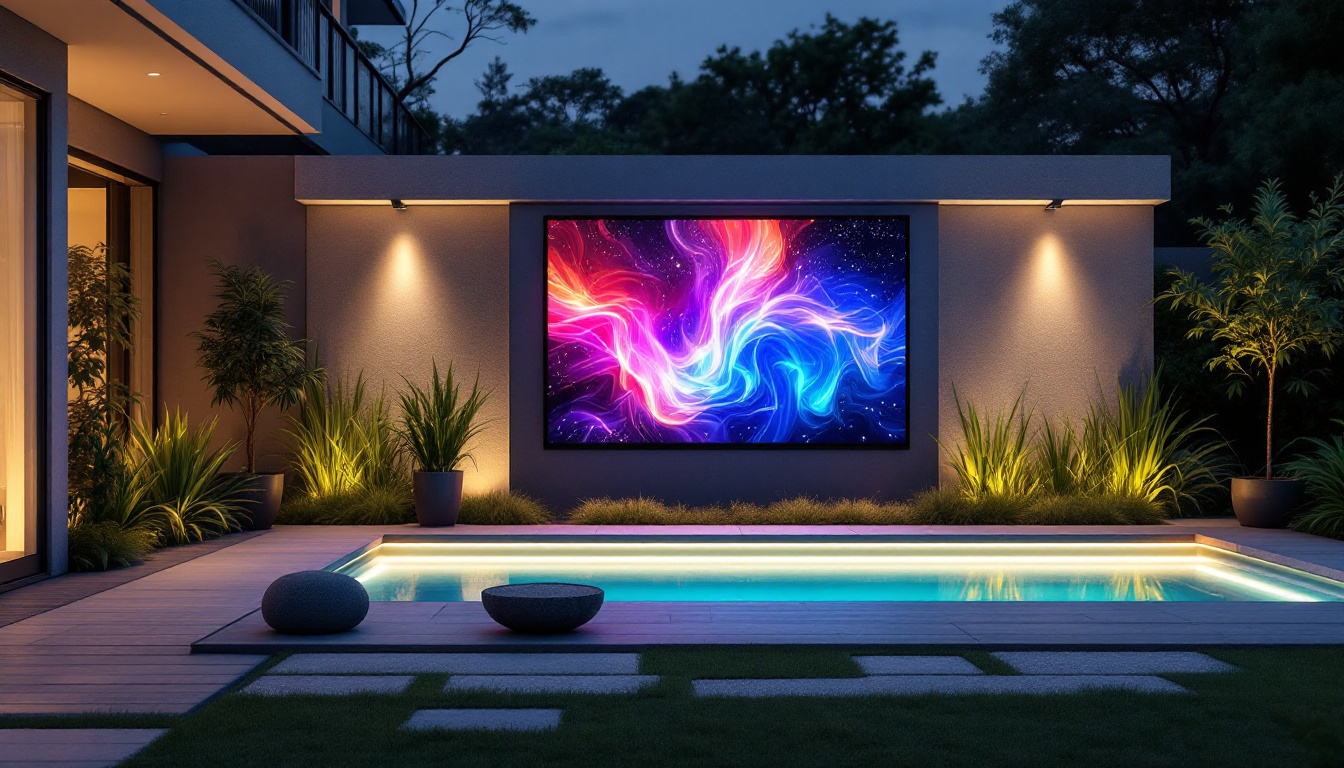In the rapidly evolving landscape of healthcare, effective communication is paramount. digital signage, particularly LED displays, has emerged as a transformative tool for healthcare facilities. This technology not only enhances patient engagement but also streamlines operations and improves the overall experience within medical environments. This article delves into the intricacies of digital signage in healthcare, focusing on LED displays and their myriad applications.
The Importance of Communication in Healthcare
Effective communication in healthcare settings can significantly impact patient outcomes. Clear, timely information helps patients understand their health conditions, treatment options, and the services available to them. In a world where patients are increasingly involved in their own care, the role of digital signage becomes even more crucial.
Enhancing Patient Experience
LED displays can transform waiting areas into informative and engaging spaces. By showcasing relevant health information, educational content, and entertainment, these displays can reduce perceived wait times and alleviate patient anxiety. Furthermore, they can be used to highlight hospital services, upcoming events, or wellness programs, thereby fostering a sense of community. This not only keeps patients informed but also empowers them to take an active role in their health journeys. For instance, educational videos about managing chronic conditions or tips for healthy living can inspire patients to make positive lifestyle changes, ultimately leading to better health outcomes.
Streamlining Operations
Digital signage can also help streamline operations within healthcare facilities. For instance, wayfinding displays guide patients and visitors through complex hospital layouts, reducing confusion and improving navigation. Additionally, real-time updates about wait times, appointment schedules, and emergency announcements can be communicated instantly, ensuring that everyone is informed and prepared. This technology can also facilitate communication between staff members, allowing for quick updates on patient status or changes in protocols, which is essential in fast-paced environments like emergency departments. By minimizing miscommunication and enhancing coordination, digital signage contributes to a more efficient workflow, ultimately benefiting both patients and healthcare providers.
Moreover, the integration of interactive elements in digital signage can further enhance the patient experience. Touchscreen displays can allow patients to check in for appointments, access their medical records, or even fill out forms digitally, reducing paperwork and streamlining the administrative process. Such innovations not only save time but also create a more patient-centered environment where individuals feel more in control of their healthcare interactions. As technology continues to evolve, the potential for digital signage in healthcare settings will likely expand, offering even more opportunities to improve communication and patient engagement.
Types of Digital Signage in Healthcare
Digital signage encompasses a variety of display types and applications. Understanding these different formats can help healthcare facilities choose the right solution for their specific needs.
Wayfinding Displays
Wayfinding displays are essential in large healthcare facilities. These interactive kiosks or digital maps assist patients in locating departments, clinics, and services. By providing clear directions and visual cues, wayfinding displays enhance the overall patient experience and reduce frustration associated with navigating complex environments. Additionally, many modern wayfinding systems can be integrated with mobile applications, allowing patients to receive navigation assistance directly on their smartphones. This integration not only streamlines the process of finding one’s way around the facility but also caters to the tech-savvy population that prefers using their personal devices for convenience.
Informational Displays
Informational displays serve to educate patients about health topics, treatment options, and preventive care. These displays can feature videos, infographics, and text-based information that is easy to digest. By promoting health literacy, healthcare providers empower patients to make informed decisions about their care. Moreover, these displays can be customized to target specific demographics, such as children or seniors, ensuring that the content is relevant and engaging for all visitors. For instance, pediatric hospitals might use colorful animations and interactive quizzes to educate young patients about their health, while geriatric facilities may focus on clear, large-font text and straightforward messaging to accommodate older adults.
Emergency Messaging
In times of crisis, effective communication is critical. LED displays can be utilized for emergency messaging, providing real-time updates and instructions during critical situations. This capability ensures that patients, staff, and visitors receive timely information, enhancing safety and preparedness. Furthermore, these emergency messaging systems can be programmed to automatically activate during specific events, such as severe weather alerts or security threats, ensuring that the information is disseminated without delay. The ability to quickly change messages and broadcast alerts across multiple screens throughout the facility can significantly improve response times and help maintain order during emergencies, ultimately safeguarding the well-being of everyone present.
Benefits of LED Displays in Healthcare
LED displays offer numerous advantages that make them particularly well-suited for healthcare environments. Their versatility, reliability, and visual appeal contribute to their effectiveness in conveying important messages.
High Visibility and Clarity
One of the most significant benefits of LED displays is their high visibility. These screens can be viewed from various angles and distances, making them ideal for busy healthcare settings. The bright colors and sharp images ensure that messages are clear and easily understood, even in well-lit environments.
Cost-Effectiveness
While the initial investment in LED technology may be substantial, the long-term cost savings are noteworthy. LED displays are energy-efficient and have a longer lifespan compared to traditional signage. This durability reduces maintenance costs and the need for frequent replacements, making them a financially sound choice for healthcare facilities.
Dynamic Content Management
Another advantage of LED displays is their ability to showcase dynamic content. Healthcare providers can easily update information in real-time, ensuring that patients receive the most current and relevant messages. This flexibility allows for the promotion of seasonal health campaigns, upcoming events, or changes in services, fostering a responsive communication strategy.
Implementing Digital Signage in Healthcare Facilities
The implementation of digital signage in healthcare requires careful planning and consideration. A well-executed strategy can enhance the effectiveness of communication and improve patient satisfaction.
Assessing Needs and Objectives
Before investing in digital signage, healthcare facilities should assess their specific needs and objectives. Identifying the primary goals—such as improving patient education, enhancing wayfinding, or promoting services—will guide the selection of appropriate display types and content strategies.
Choosing the Right Technology
When selecting LED displays, healthcare providers should consider factors such as screen size, resolution, and placement. The technology should align with the facility’s branding and communication strategy, ensuring a cohesive and professional appearance. Additionally, investing in user-friendly content management systems can simplify the process of updating and managing display content.
Training Staff and Engaging Patients
Successful implementation of digital signage also involves training staff on how to utilize the technology effectively. Staff should be equipped to manage content updates and engage with patients about the information displayed. Furthermore, soliciting patient feedback can provide valuable insights into the effectiveness of the digital signage and areas for improvement.
Challenges and Considerations
While the benefits of digital signage in healthcare are substantial, there are also challenges and considerations that must be addressed to ensure successful implementation.
Content Relevance and Accuracy
Maintaining content relevance and accuracy is crucial in healthcare settings. Outdated or incorrect information can lead to confusion and mistrust among patients. Establishing a regular review process for content updates can help mitigate this risk and ensure that patients receive the most accurate information.
Integration with Existing Systems
Integrating digital signage with existing healthcare systems can pose challenges. Ensuring compatibility with electronic health records (EHR) and other operational systems is essential for seamless communication. Collaborating with technology providers to create a cohesive digital ecosystem can enhance the overall effectiveness of digital signage.
Patient Privacy and Compliance
Healthcare facilities must also consider patient privacy and compliance with regulations such as HIPAA. Care should be taken to ensure that no sensitive patient information is displayed on public screens. Adhering to privacy guidelines is essential for maintaining trust and protecting patient confidentiality.
Future Trends in Digital Signage for Healthcare
The future of digital signage in healthcare is promising, with ongoing advancements in technology and communication strategies. Emerging trends are likely to shape how healthcare facilities utilize LED displays to enhance patient engagement and operational efficiency.
Artificial Intelligence and Personalization
As artificial intelligence (AI) continues to evolve, its integration into digital signage will enable more personalized experiences for patients. AI-driven algorithms can analyze patient data and preferences to deliver tailored content, ensuring that individuals receive information that is most relevant to their needs.
Interactive Displays
Interactive displays are becoming increasingly popular in healthcare settings. These screens allow patients to engage with content actively, whether through touch interfaces or mobile applications. By fostering interaction, healthcare facilities can enhance patient education and involvement in their own care.
Integration with Telehealth Services
The rise of telehealth services has changed the landscape of healthcare delivery. Digital signage can play a vital role in promoting telehealth options, providing patients with information on how to access virtual care. This integration can help bridge the gap between in-person and remote healthcare services, ensuring that patients remain informed and connected.
Conclusion
Digital signage, particularly through LED displays, represents a significant advancement in healthcare communication. By enhancing patient engagement, streamlining operations, and providing real-time information, these displays have the potential to transform the patient experience. As technology continues to evolve, healthcare facilities must remain adaptable, embracing new trends and innovations to meet the changing needs of patients and staff alike.
Investing in digital signage is not merely about adopting new technology; it is about creating a more informed, engaged, and satisfied patient population. The future of healthcare communication is bright, and LED displays will undoubtedly play a pivotal role in shaping that future.
Transform Your Healthcare Communication with LumenMatrix
Ready to elevate your healthcare facility’s communication and patient experience? Discover the innovative world of LumenMatrix LED display solutions. From Indoor and Outdoor LED Walls to specialized displays for vehicles, sports, and even customizable options, LumenMatrix is at the forefront of creating immersive visual environments that captivate and inform. Embrace the future of healthcare engagement with our cutting-edge technology designed to make every message count. Check out LumenMatrix LED Display Solutions today and step into a new era of visual communication.

